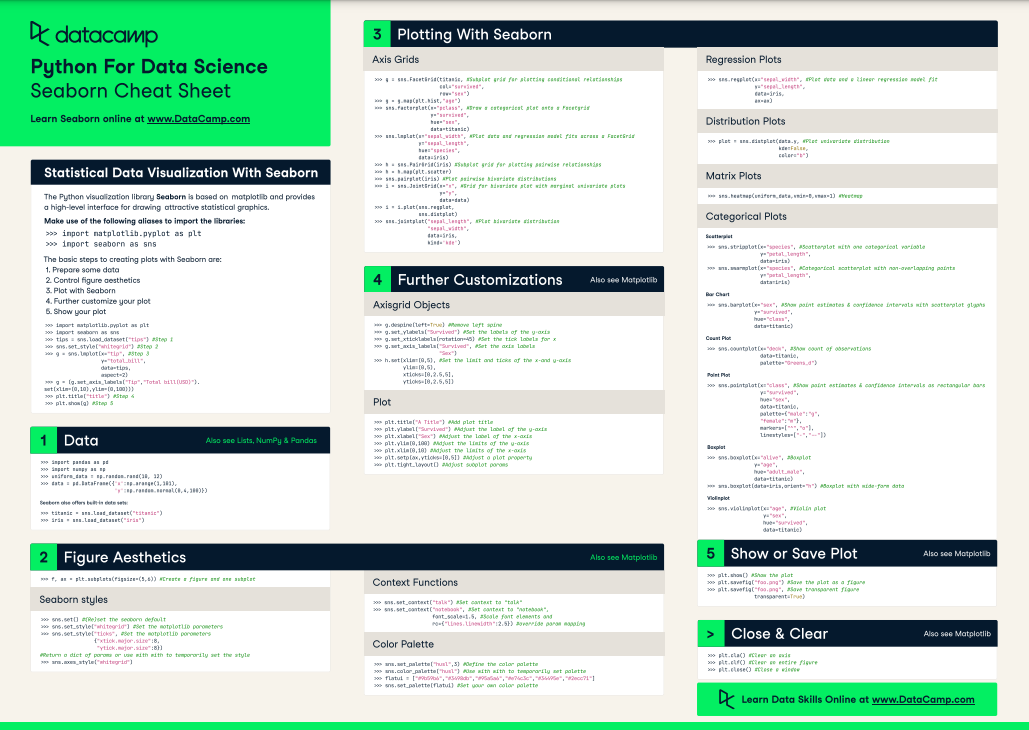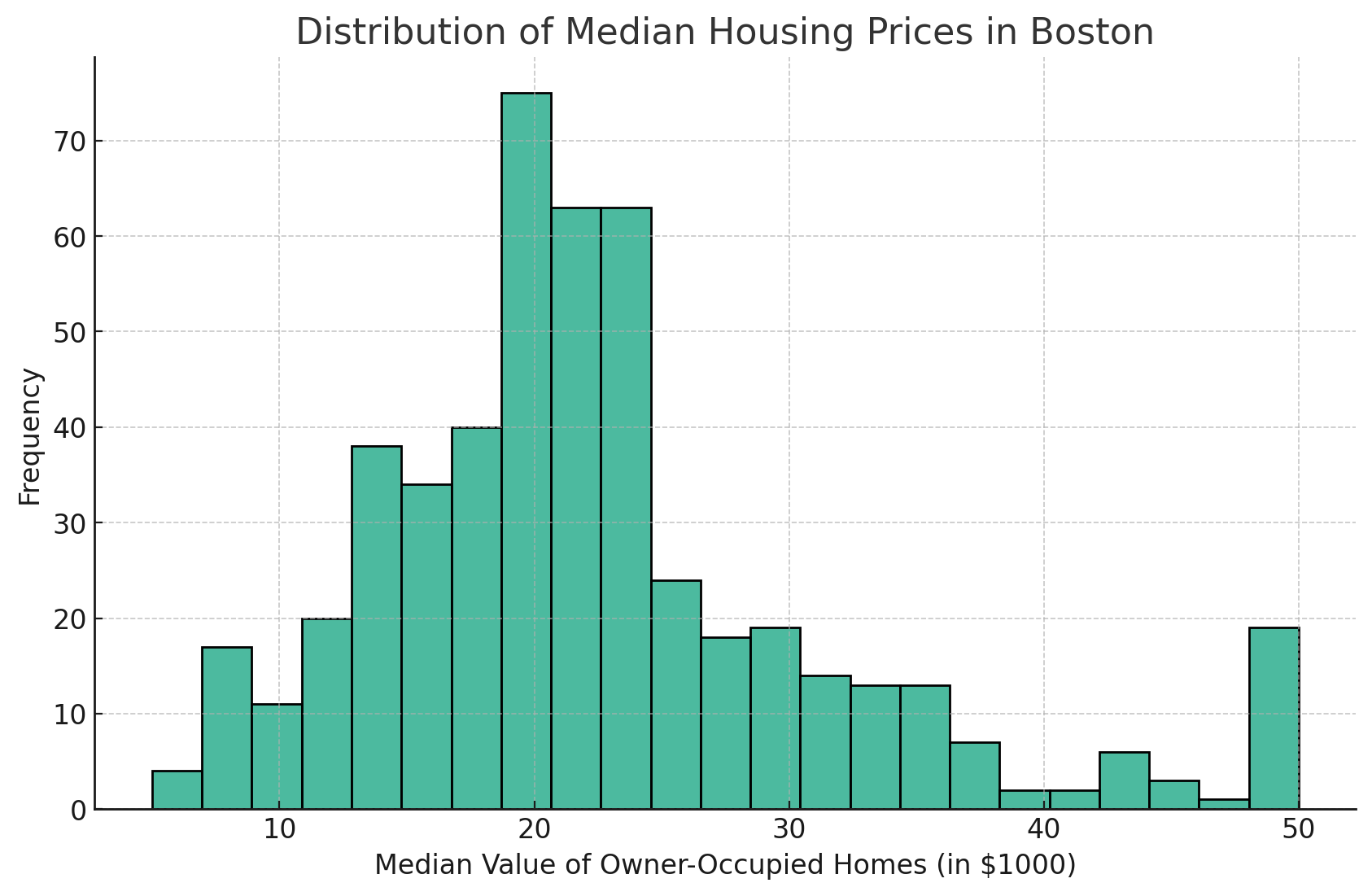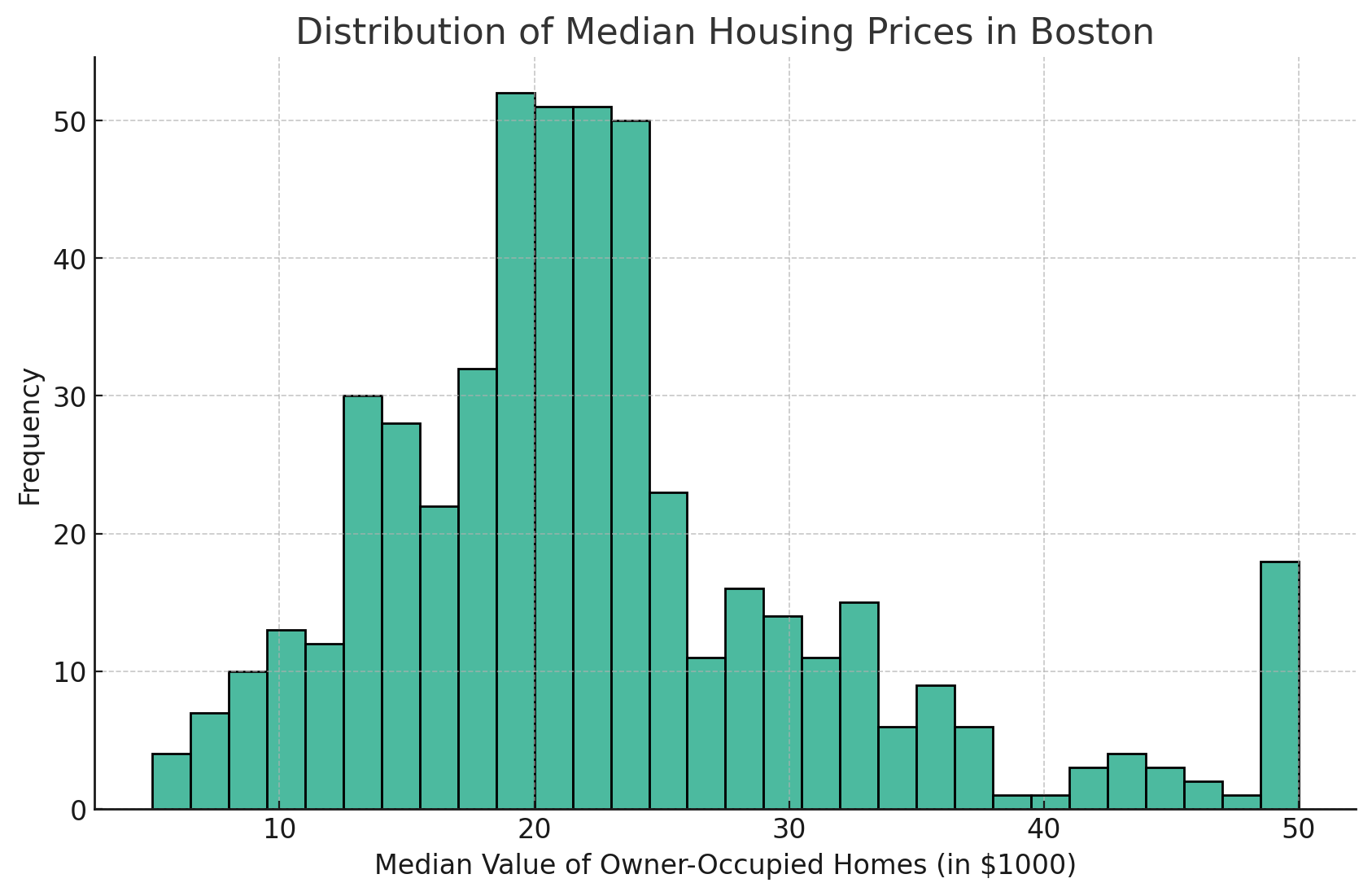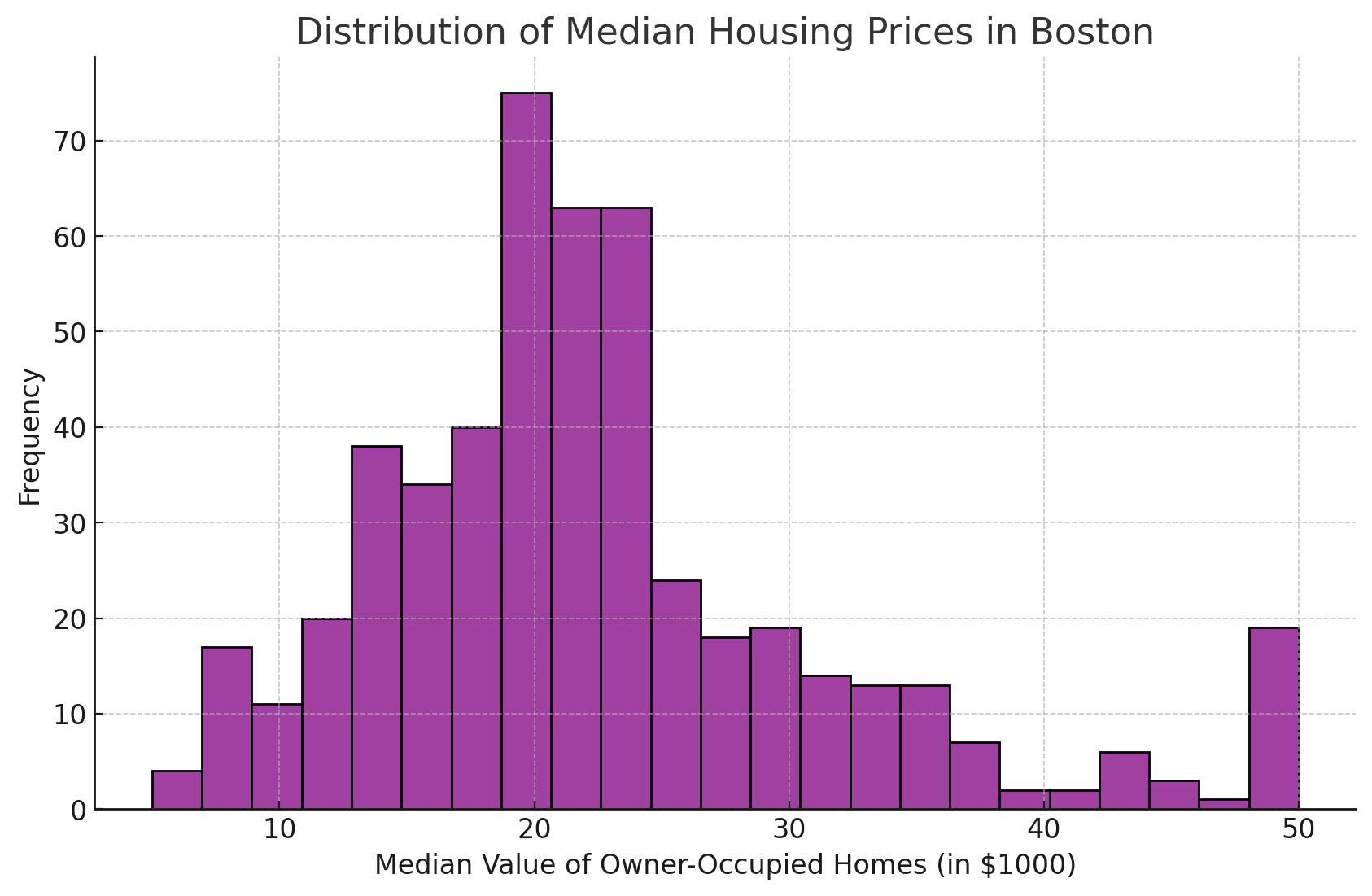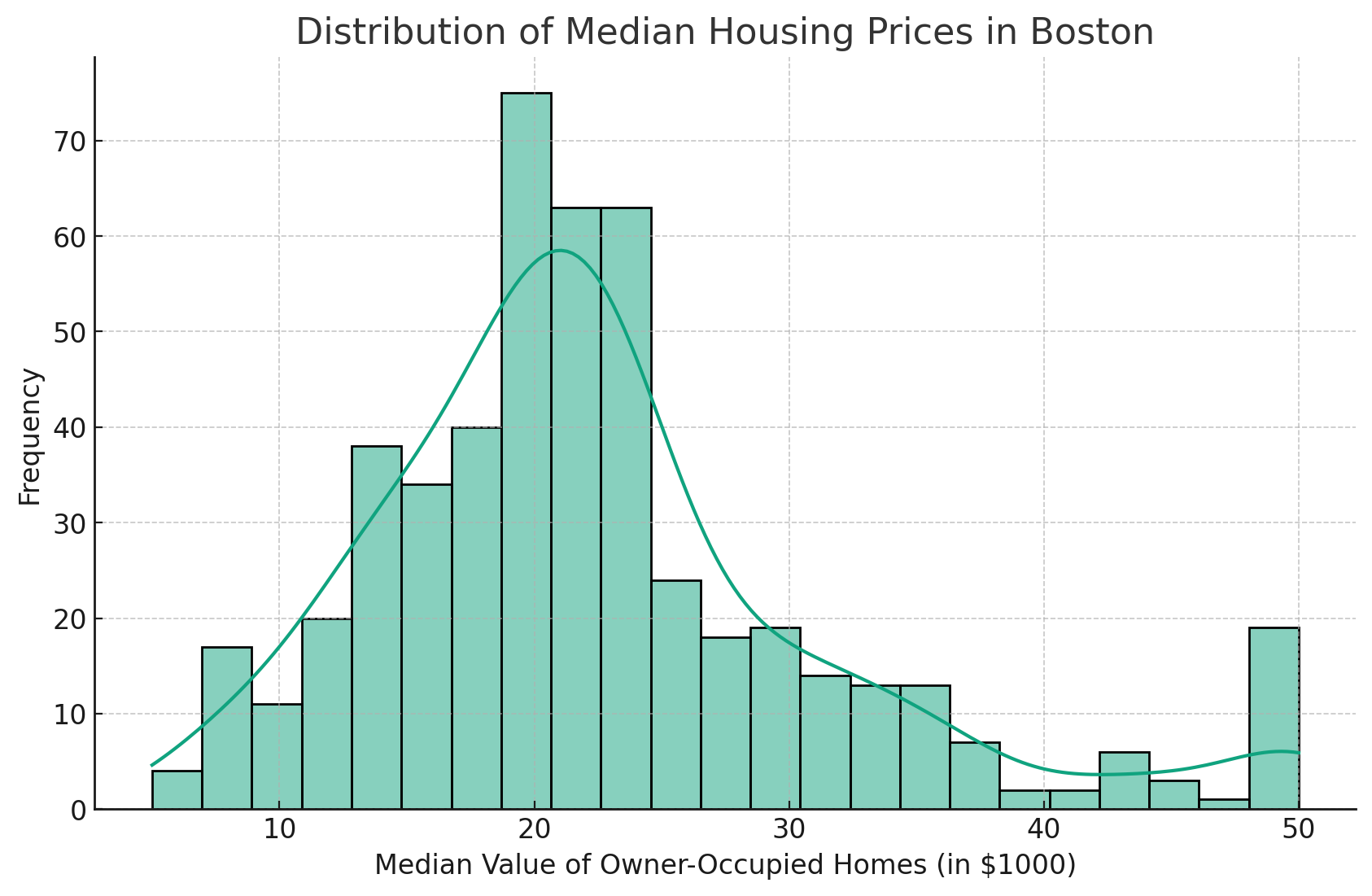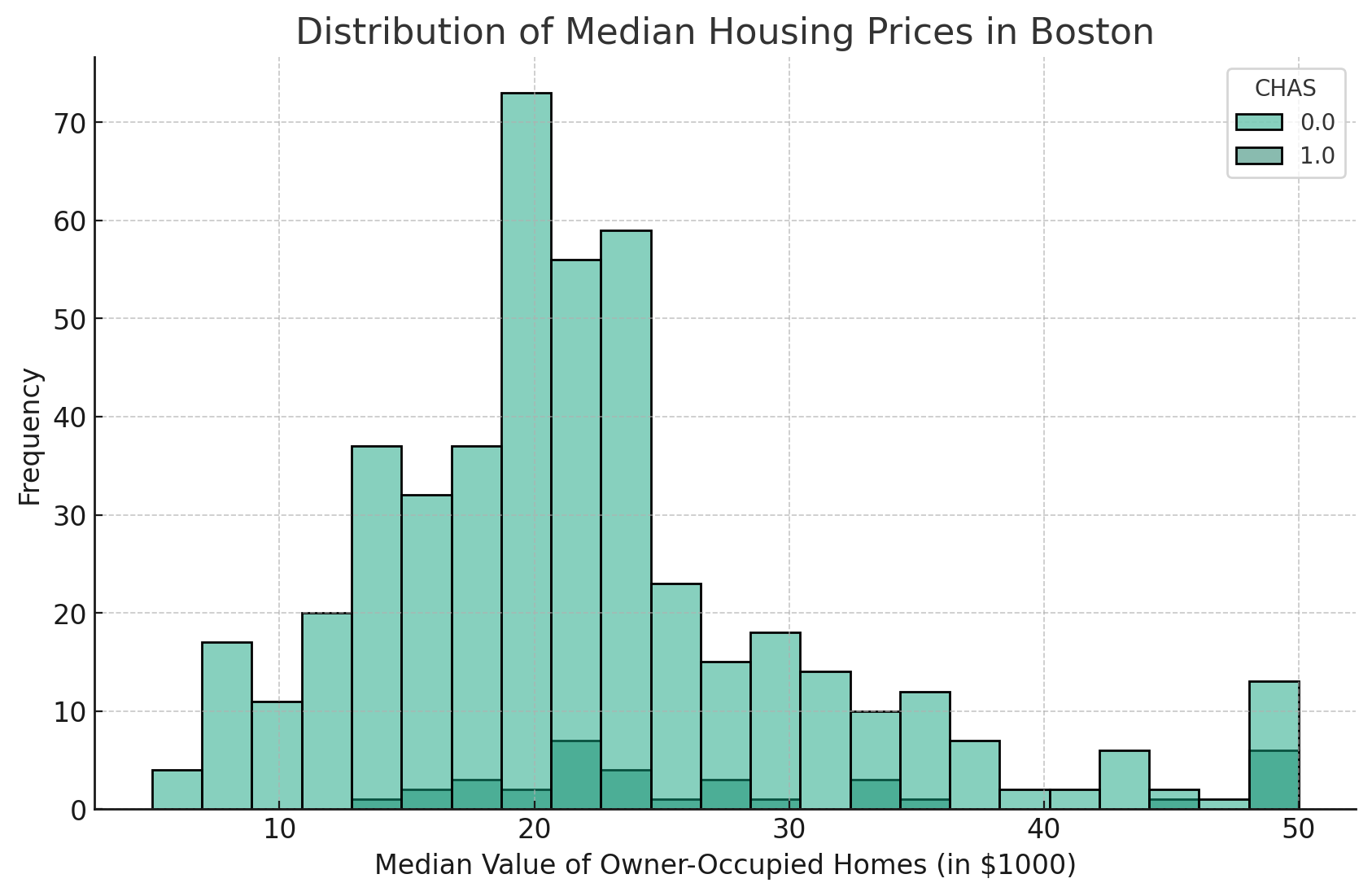Course
Topics
Start Your Seaborn Journey Today!
4 hr
120.6K
Course
Intermediate Data Visualization with Seaborn
4 hr
69.3K
Course
Monte Carlo Simulations in Python
4 hr
4.5K
See More
RelatedSee MoreSee More
tutorial
Python Absolute Value: A Quick Tutorial
Learn how to use Python's abs function to get a number's magnitude, ignoring its sign. This guide explains finding absolute values for both real and imaginary numbers, highlighting common errors.
Amberle McKee
tutorial
How to Check if a File Exists in Python
Learn how to check if a file exists in Python in this simple tutorial
Adel Nehme
tutorial
Writing Custom Context Managers in Python
Learn the advanced aspects of resource management in Python by mastering how to write custom context managers.
Bex Tuychiev
tutorial
How to Convert a List to a String in Python
Learn how to convert a list to a string in Python in this quick tutorial.
Adel Nehme
tutorial
A Comprehensive Tutorial on Optical Character Recognition (OCR) in Python With Pytesseract
Master the fundamentals of optical character recognition in OCR with PyTesseract and OpenCV.
Bex Tuychiev
11 min
tutorial
Encapsulation in Python Object-Oriented Programming: A Comprehensive Guide
Learn the fundamentals of implementing encapsulation in Python object-oriented programming.
Bex Tuychiev
11 min
